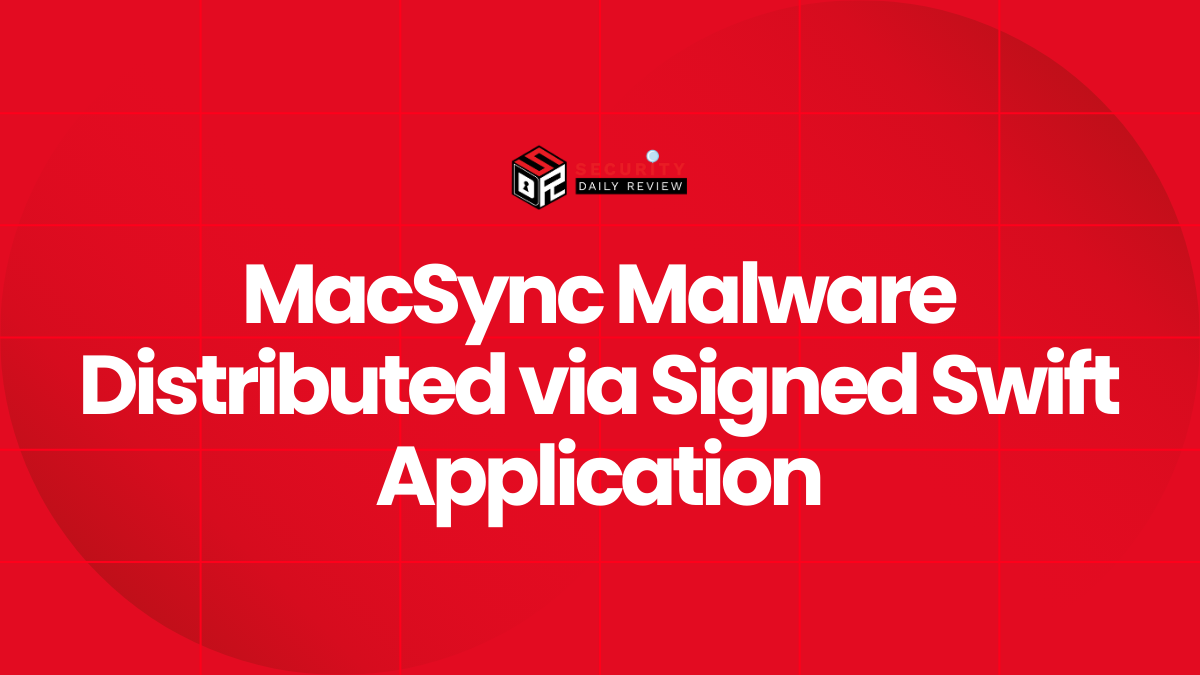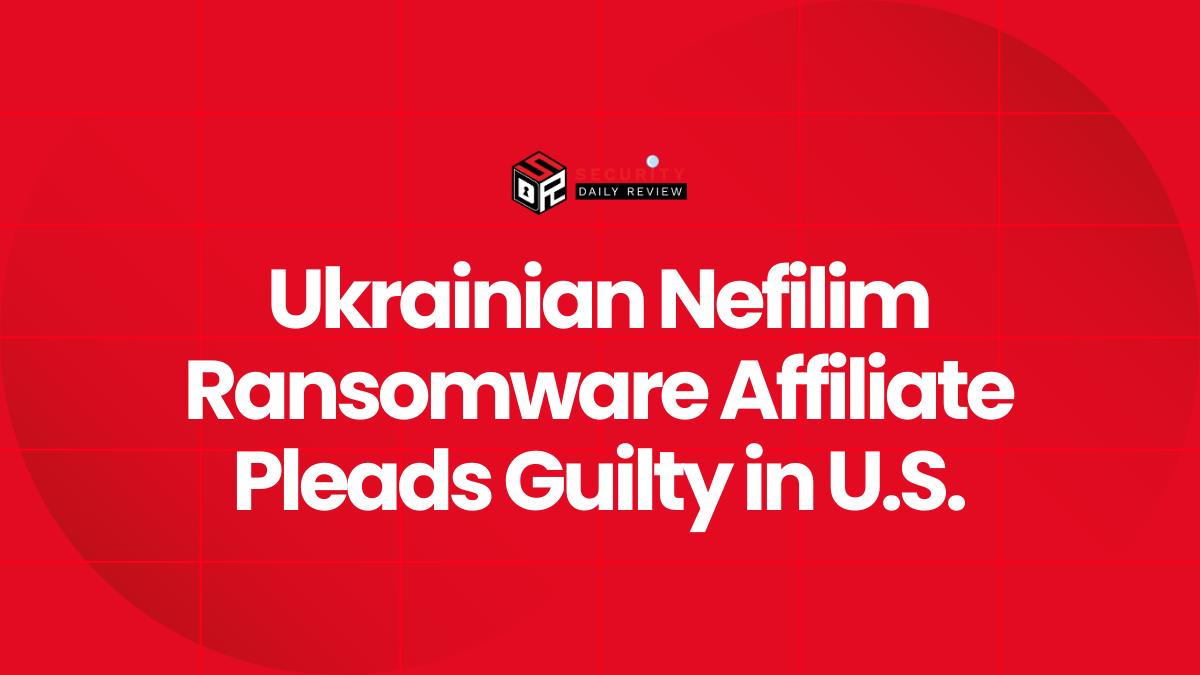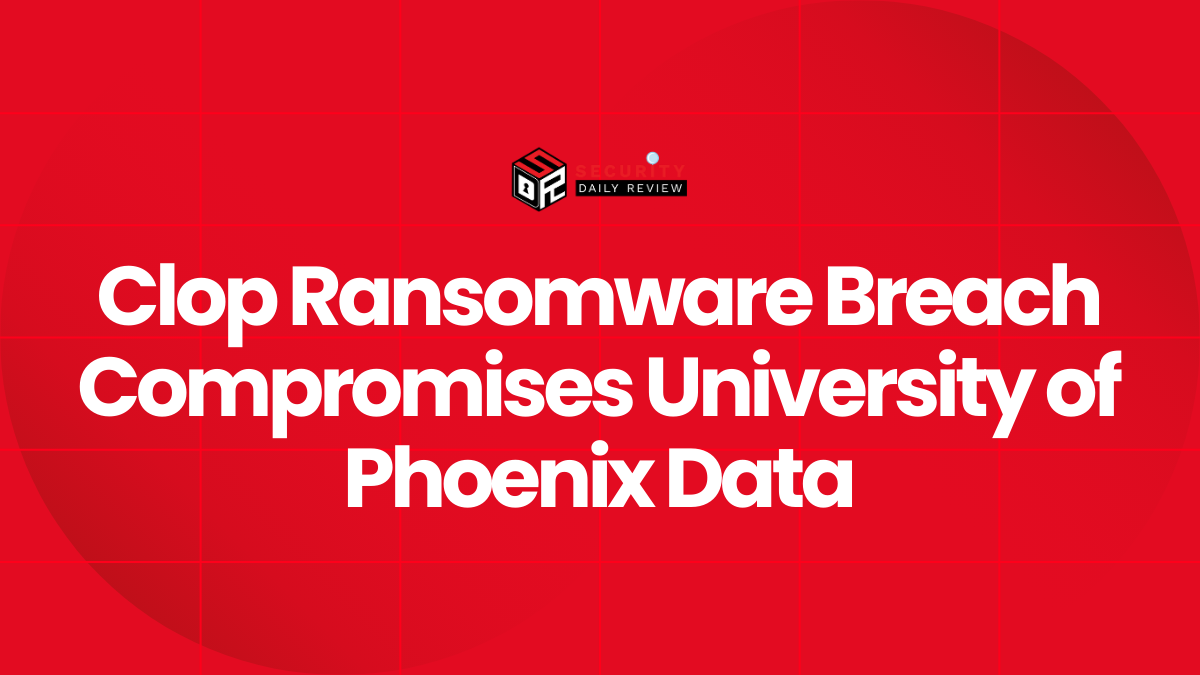ADT discloses second breach, marking a significant security lapse for the home security giant.
This latest incident, following a similar breach just two months prior, highlights the ongoing vulnerability of even large corporations to sophisticated cyberattacks. The ADT breach involved the theft of employee account data, raising concerns about the security of sensitive internal information. The company’s response and the technical details surrounding the incident are crucial for understanding the scope and implications of this security failure.
A Second Security Breach for ADT
Home and small business security company ADT has publicly disclosed a second data breach in just two months. The ADT breach occurred when threat actors exploited stolen credentials to gain unauthorized access to ADT’s internal systems. The attackers successfully exfiltrated encrypted employee account data, prompting a swift response from the company.
Technical Details of the ADT Breach
The ADT’s second breach announcement revealed that the attackers gained access via stolen credentials belonging to a third-party business partner. This highlights the vulnerability of relying on external partners for security and the importance of robust security protocols across the entire supply chain.
Once inside ADT’s systems, the threat actors targeted employee account data, successfully exfiltrating encrypted information. While the data was encrypted, the breach still represents a significant security risk, as decryption is always a possibility.
The response to the ADT breach was immediate. They promptly shut down unauthorized access, launched an internal investigation with the assistance of leading third-party cybersecurity experts, and cooperated fully with federal law enforcement. The company also notified the affected third-party business partner of the compromise.
The 8-K filing with the SEC detailed the company’s actions, stating: “The Company promptly took steps to shut down the unauthorized access, notified the third party its systems had been compromised, launched an investigation, and implemented counter measures intended to safeguard the Company’s information technology assets and operations.”
The incident’s impact extended beyond the data exfiltration. ADT’s containment measures, while necessary to prevent further damage, caused temporary disruptions to the company’s information systems. This disruption prevented legitimate access to internal applications and data, impacting business operations until servers and workstations could be thoroughly investigated and restored.
Customer Data Remains Secure (According to ADT)
Importantly, ADT stated that their investigation did not indicate any compromise of customer data or security systems. This is a crucial point, reassuring customers that their personal information remains protected. However, the breach highlights the potential for cascading effects, where a compromise of internal systems could indirectly impact customer data in future attacks.
Comparison with the August ADT Breach
This latest ADT breach incident follows a data breach in August where a threat actor leaked 30,800 customer records on a hacking forum. This earlier breach included sensitive customer information such as emails, addresses, user IDs, and purchase details. The contrast between the two breaches – one targeting employee data and the other focusing on customer data – underscores the diverse attack vectors and potential targets within a large organization like ADT.
No Ransomware Group Claims the ADT breach
No ransomware gang or other threat actor has yet claimed responsibility for the ADT breach. This could indicate a variety of scenarios, including a state-sponsored attack, an opportunistic attack by a less organized group, or a deliberate effort to remain undetected.
ADT’s Response and Future Implications
ADT’s swift response and cooperation with law enforcement are positive steps. However, the occurrence of two significant breaches in such a short timeframe raises serious questions about the company’s overall security posture. A thorough review of security protocols, including access controls, vulnerability management, and incident response plans, is crucial to prevent future incidents.
The incident serves as a stark reminder of the ever-evolving threat landscape and the need for continuous improvement in cybersecurity practices. The ADT breach underscores the importance of robust security measures, not just for large corporations, but for all organizations handling sensitive data.









